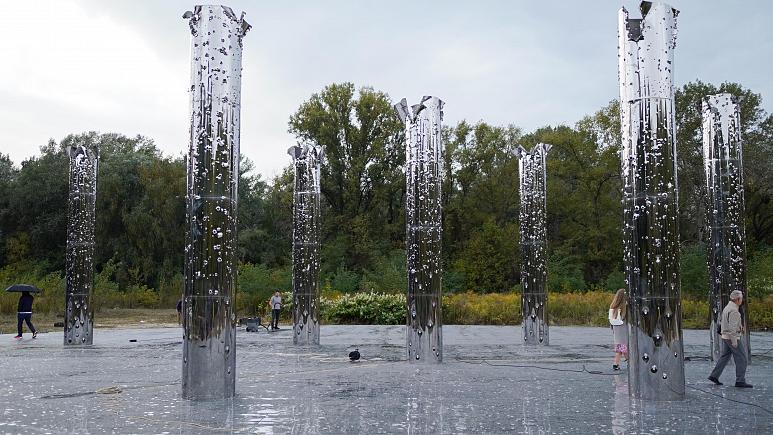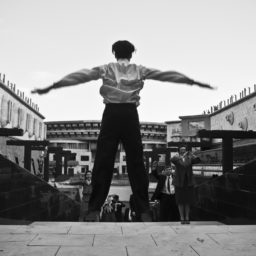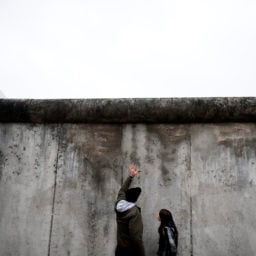As the world recognizes Holocaust Remembrance Day, the Babyn Yar Holocaust Memorial Center in Kiev has unveiled plans for a major—and highly unconventional—memorial and museum complex in Babyn Yar, a ravine outside the Ukrainian city where Nazis executed 100,000 people.
The $100 million project’s artistic director is the controversial filmmaker Ilya Khrzhanovsky, who is consulting with a team that includes performance artist Marina Abramović, who appeared in one of Khrzhanovsky’s films, and architect Maks Rokhmaniyko.
The Babyn Yar massacre took place on September 29 and 30, 1941, and was the Nazis’ largest, wiping out the city’s entire Jewish population of 33,771 people (only 29 are known to have survived). Thousands more died in the months that followed, in what is now called the Holocaust by Bullets.
“The establishment of the center is essential for the commemoration of the Holocaust,” said Ukrainian president Volodymyr Zelensky in a statement. “As Europe’s largest mass grave, Babyn Yar represents unimaginable destruction. Thanks to these plans, it will become a place of peace, reflection and tranquility.”
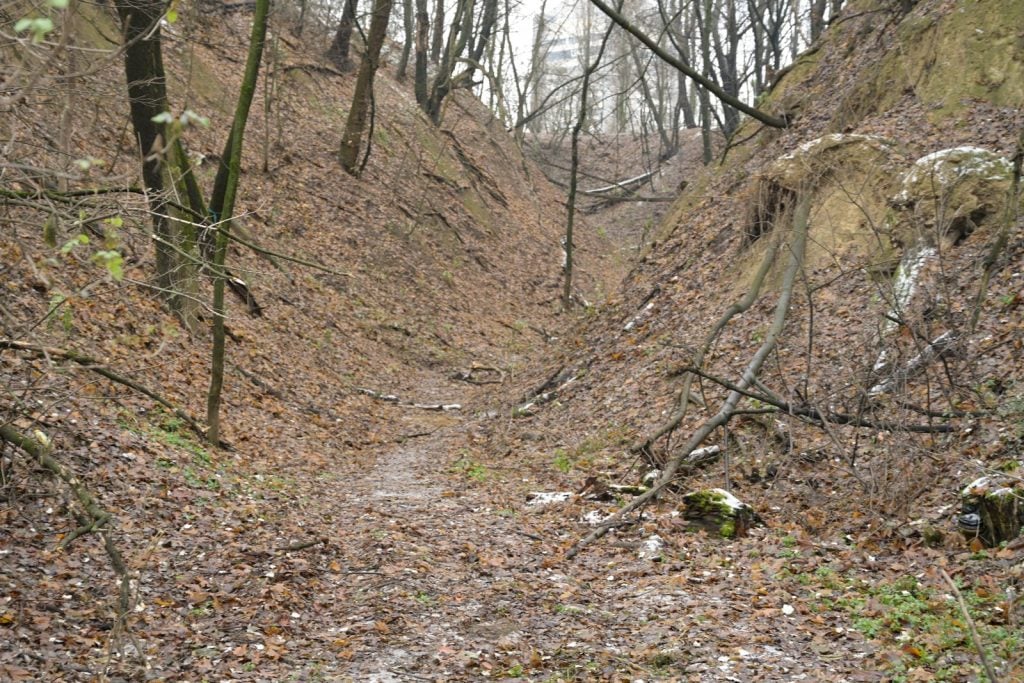
The Babyn Yar ravine where 100,000 Holocaust victims were executed. Photo ©Manuel Herz Architekten.
The complex will include a dozen buildings, including two separate museums—one for Ukrainians and Eastern European Jews killed in the Holocaust, and one specifically memorializing those who died at Babyn Yar. There will also be a church, a mosque, a synagogue, a multimedia center, a research center, and a conference building.
Organizers aim to complete the project by 2026, but to open the synagogue, designed by Manuel Herz, and a portion of exhibition space this September, in time for the 80th anniversary of the massacre.
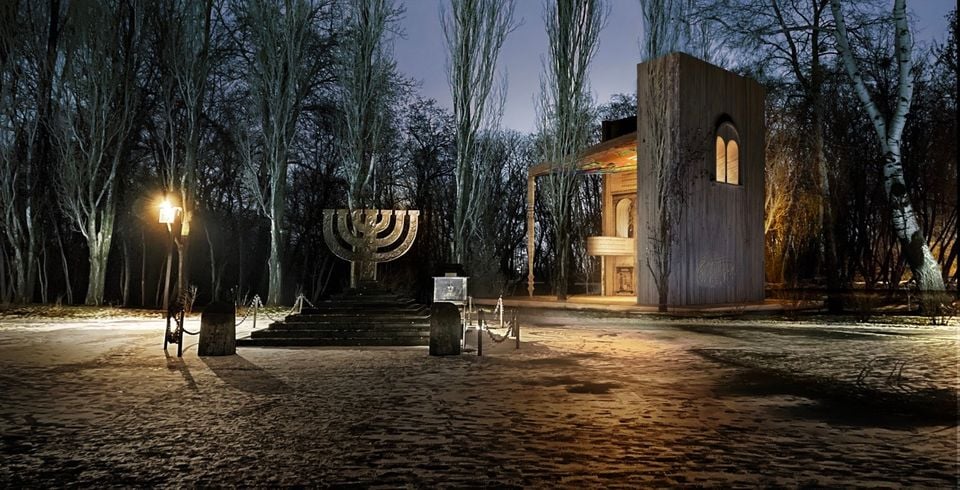
Manuel Herz Architekten’s rendering of the Babyn Yar Synagogue. Image ©Manuel Herz Architekten.
Since the Babyn Yar site was turned into a park during the Soviet era, the center has worked with Martin Dean, a former Scotland Yard detective who now investigates Nazi war crimes, to pinpoint the exact location of the shootings. Last year, they used that research, including historical photographs and maps, to create a 3-D simulation of the 500-foot-long massacre site.
“Currently, there are far too many people unaware of the nature of the place,” Khrzhanovsky told the Times of Israel. “If you visit Babyn Yar today, you will see families relaxing and playing as if it were a regular park.”
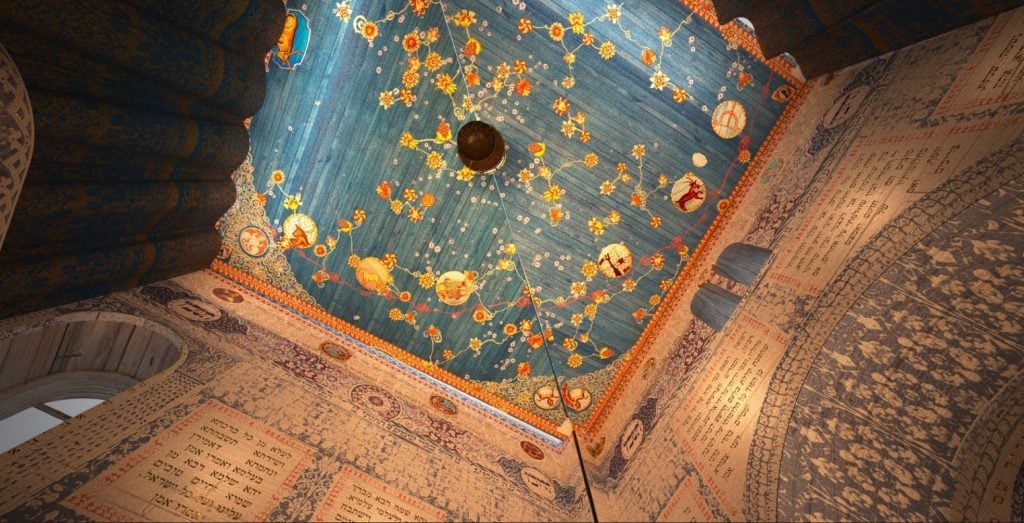
Manuel Herz Architekten’s rendering of the Babyn Yar Synagogue. Image ©Manuel Herz Architekten.
Khrzhanovsky is best known for making the wildly ambitious film installation DAU, a 15-year project that recreated life in Soviet Russia on its sets, including a three-year shoot where non-professional actors were filmed around the clock in a replica of a Soviet scientific institute that was built in Kharkiv, Ukraine.
The project generated significant controversy, including accusations of sexual misconduct and child abuse on the three-acre set. Its 2018 debut in Berlin was cancelled over concerns about plans to rebuild a section of the Berlin Wall for the immersive presentation. A pared-back version opened in Paris the following year amid much chaos. DAU‘s two feature films, Natasha and Degeneratsia, screened last year at the Berlin International Film Festival, with the former winning the Silver Bear for outstanding artistic contribution.
Khrzhanovsky’s plans to remind visitors of the horrors that occurred at Babyn Yar have also been met with criticism. One former curator called it a “Holocaust Disneyland” when he quit.
Last spring, Karel Berkhoff, the project’s chief historian, announced his resignation over what he said were Khrzhanovsky’s plans to subject museum goers to “psychometric algorithms” and experiments “in which visitors would find themselves playing the role of victims, collaborators, Nazis, or prisoners of war who were forced to burn corpses.”
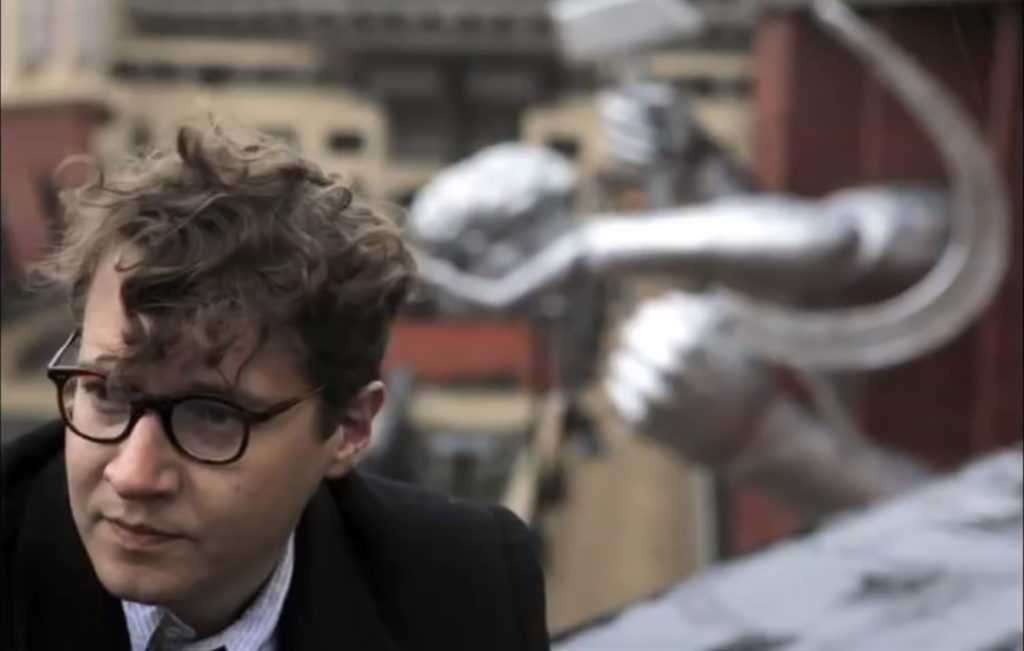
Ilya Khrzhanovsky. Photo via YouTube screengrab.
As Khrzhanovsky required of visitors to DAU in Paris, attendees of the memorial would have to fill out an invasive questionnaire, take a psychological test, and provide access to their social media channels in order to be profiled and cast either as a victim or perpetrator.
There would be “interactive, role-based experiences” with virtual reality goggles that would allow visitors to witness the events of the Holocaust as if they were taking part, according to the Ukrainian online newspaper Istorychna pravda. Other possible attractions could include a restaging of the infamous Stanford prison experiment.
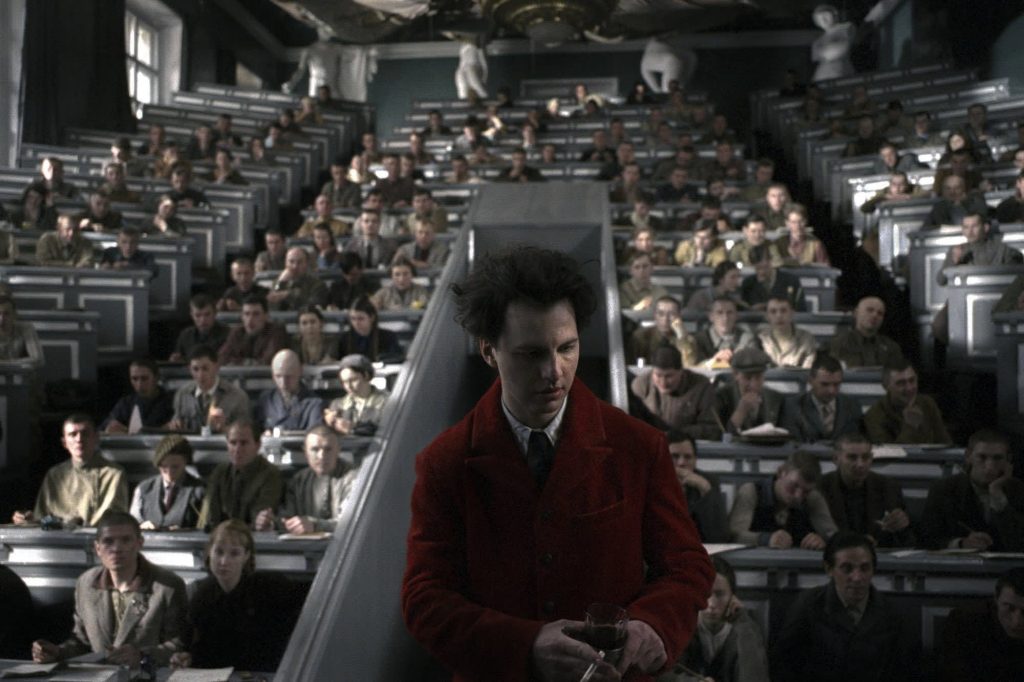
A screenshot from Dau. Degeneration (2019). Photo courtesy of Ilya Khrzhanovsky.
Others involved in the project have quit as well, including director general Hennadiy Verbylenko and executive director Yana Barinova, who both resigned in 2019, around the time Khrzhanovsky was appointed. Dieter Bogner, a curator on the center’s planning committee, resigned in April.
It is not clear to what extent the current plan incorporates these interactive elements, but Khrzhanovsky told the Times of Israel last year that “VR technology will enable the audience to feel closer to the victims, understand who they and their families were, hear sounds from the past, and share their feelings, thoughts and actions.”
He added elsewhere, however, that many of the characterizations of the project in the press are untrue. “I did not plan and do not plan anything resembling an amusement park or ‘Disneyland’ on the site of the tragedy. I consider this blasphemy,” he told the Daily Beast.
More than 80 Ukrainian academics, artists, and historians penned an open letter in May calling for Khrzhanovsky’s removal from the project.
